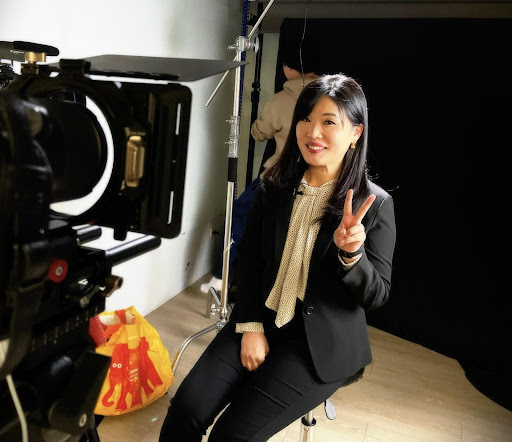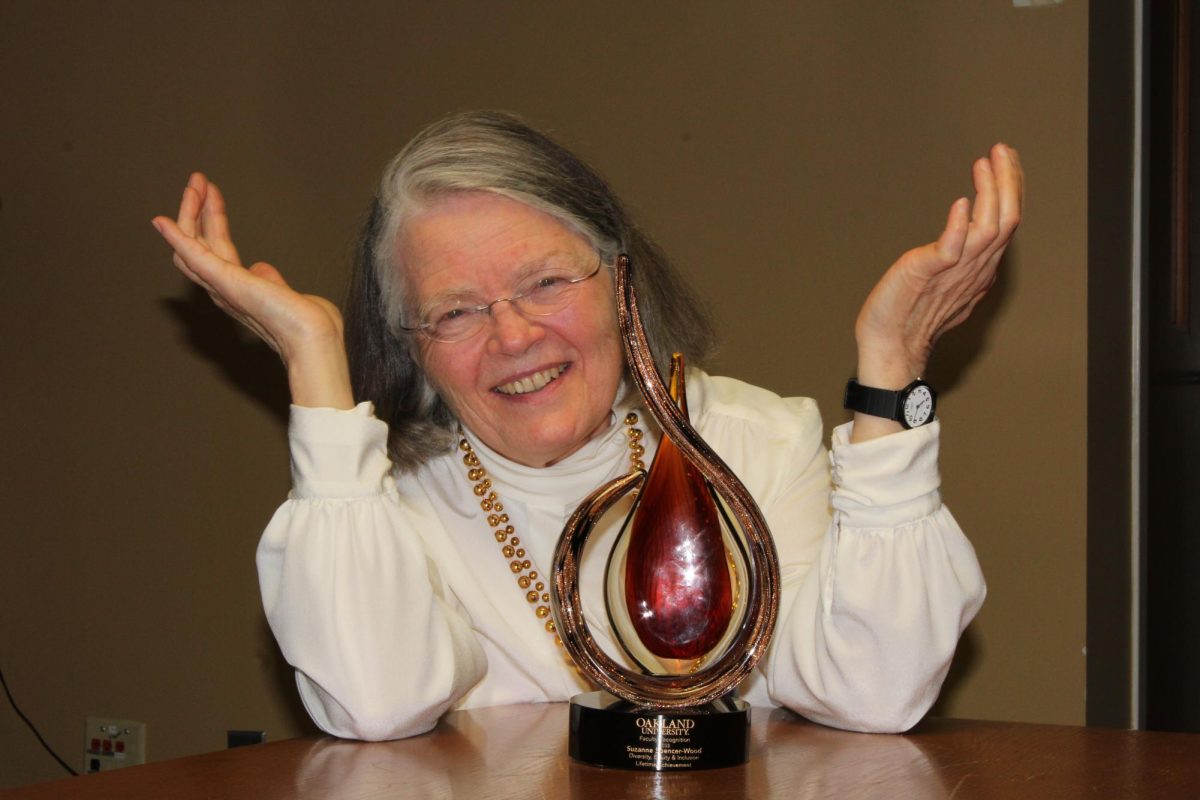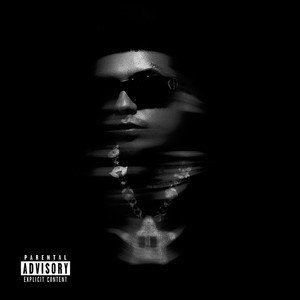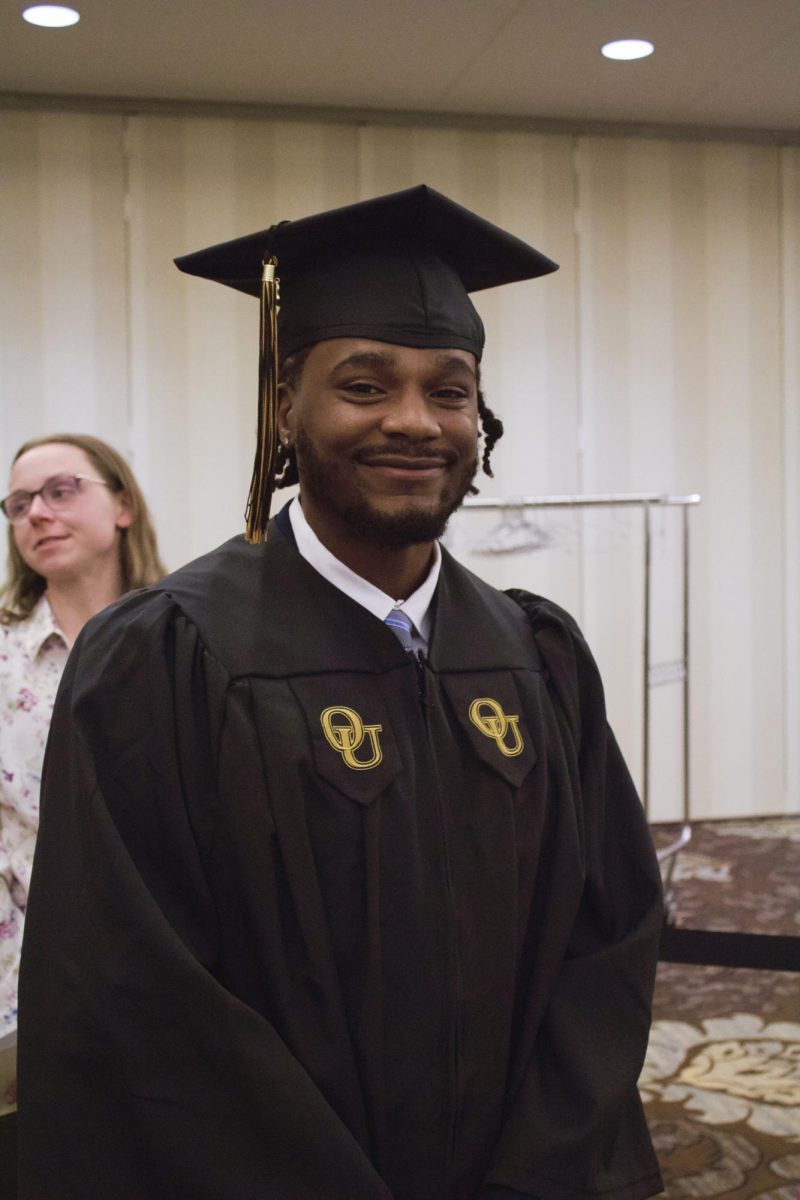
With her upbringing around politics back home in Taiwan, Professor Dr. Chiaoning Su says fashion choices can easily become a crisis for politicians.
With the U.S. presidential election around the corner on November 5, every little thing the candidates are doing is being analyzed by the public — the things they say, their social media presence and even the fashion choices they make.
Their styles ultimately send out a message, sometimes good and sometimes bad.
“What you wear wrong will be a crisis,” Su said.
Su grew up in Taiwan in a political family and the oldest of her three siblings.
Her father, Su Tseng-chang, is a former premier and party-leader in Taiwan and one of the country’s leading political figures. Her sister, Su Chiao-hui, is an elected legislator there.
Given Su’s life experiences around politics, her work in political crisis management and her expertise in public relations as a whole, she has developed an understanding of what can make or break someone’s image.
Su worked at a public relations agency in Taiwan, which led her to move to the U.S. to study public relations further.
Even after moving to the U.S. to get her Ph.D., Su continued to help her father with political campaigns all while being across the globe.
“I remember one time I suggested him to wear a pink shirt, just to soften his image a little bit and to get more support from female constituents,” Su said.
Su emphasized the importance of color theory and how different colors can psychologically mean different things.
Many good politicians are aware of this and choose colors carefully.
Kamala Harris’ shift from wearing bright colors like purple and pink to darker colors like navy and dark gray once she began running for president was to help her look more professional.
“It’s that level of seriousness she wants to offer,” Su said.
Su says it isn’t surprising that the second U.S. female presidential candidate’s fashion choices are under constant scrutiny.
“As a woman, we have more choices in what to wear — you can wear a skirt, a pantsuit, you can wear colors, accessorize yourself with jewelry,” Su said. “So there is more room for us to be creative, but also more room for criticism.”
People don’t realize how much the public pays attention to outfits and accessories until it becomes a controversy.
A simple thing, such as a pair of pearl earrings, can cause so much attention.
Harris wore Tiffany & Co. South Sea Pearl Earrings at the presidential debate on September 10, which caused false claims regarding the earrings being an audio earpiece. These claims that went viral across social media were intended to undermine Harris’s credibility.
Women in politics often see more backlash in terms of outfit choices. In 2018, Melania Trump was seen wearing a jacket with the words “I don’t care, do u?” while visiting the New Hope Children’s Shelter in McAllen, Texas.
At the time, it seemed as though she was saying she didn’t care about the children who had been separated from their parents.
“That was such a confusing message that people were like, ‘What is she saying?’” Su said.
Su puts an emphasis on how important it is to always send out the right message.
“You want to make sure that you are making the right choices in terms of your outfit,” Su said. “Wearing the wrong thing can turn into a crisis you have to manage.”
Outside of political fashion controversies, politicians can really be influential as far as professional attire. Harris has opened a door for the intersection of fashion and politics with her recent cover of Vogue.
Harris being on the cover of one of the top ranked fashion magazines helps shed light on political style.
Su’s personal favorite politician’s style is Michelle Obama — she says she’s bold yet elegant.
However, with Su’s background, especially in crisis communication, she says there is a need for overall awareness and making sure each outfit politicians are wearing sends out the right message.
“I don’t think wearing something will earn you a vote, but wearing the wrong thing might be a dealbreaker,” Su said.








